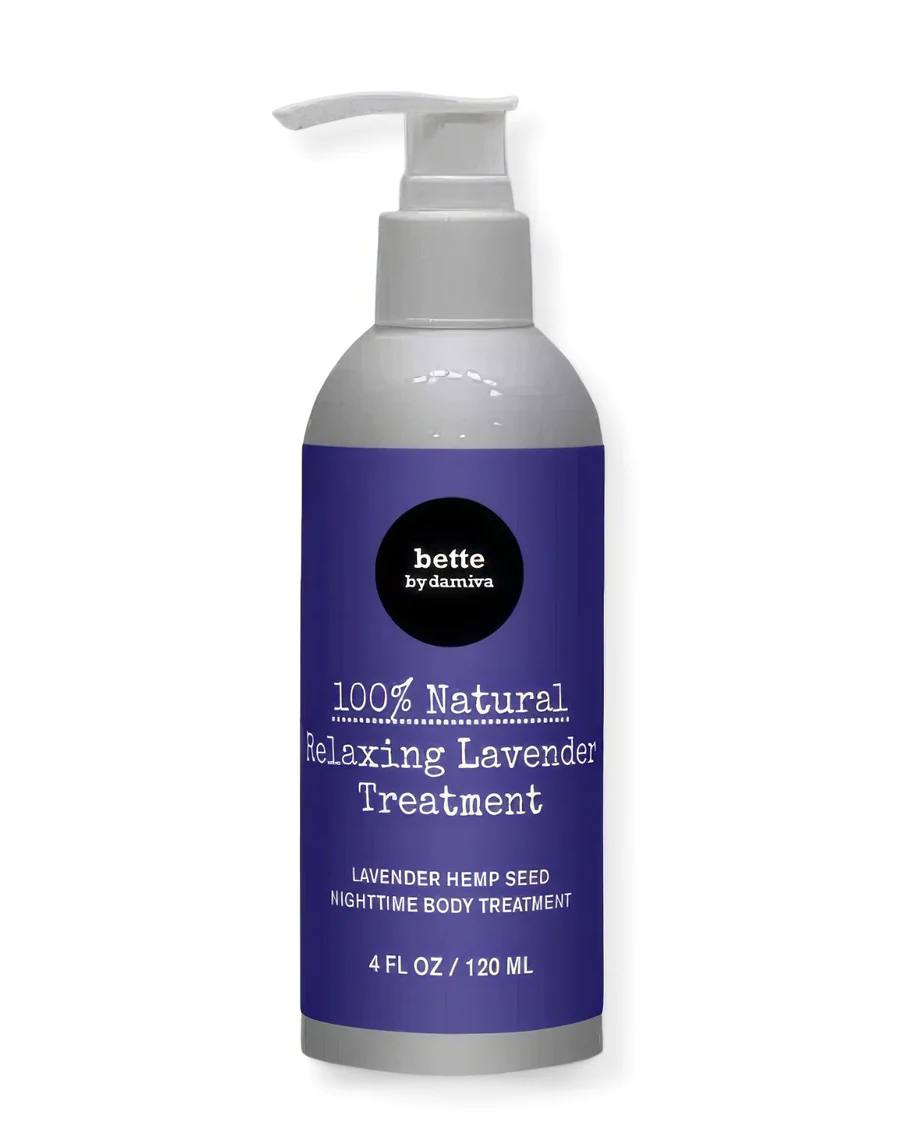Introduction to St. John’s Wort
St. John’s Wort, scientifically known as Hypericum perforatum, is a flowering plant with a rich history of medicinal use dating back to ancient Greece. Traditionally, it was employed to ward off evil spirits and to heal wounds. Over the centuries, its use evolved, and by the Middle Ages, it was widely used for its purported ability to alleviate symptoms of depression and anxiety. The plant’s peak flowering time, around the birthday of St. John the Baptist, is believed to be the origin of its common name.
Common Names and Etymology
St. John’s Wort is known by various names across different cultures, reflecting its widespread recognition and use. Some of these include “Tipton’s Weed,” “Goatweed,” and “Klamath Weed.” The genus name Hypericum is derived from the Greek words hyper (above) and eikon (picture), a reference to the tradition of hanging the plant above religious icons on St. John’s Day to ward off evil.
Primary Uses in Modern Herbal Medicine
In contemporary herbal medicine, St. John’s Wort is primarily heralded for its antidepressant properties. Numerous studies have investigated its efficacy in treating mild to moderate depression, with some suggesting comparable results to prescription antidepressants. However, the evidence is mixed, and its effectiveness for severe depression remains uncertain. Beyond depression, St. John’s Wort is also explored for its potential benefits in treating premenstrual syndrome (PMS), menopausal symptoms, and other mood disorders. Despite its therapeutic potential, it is essential to approach St. John’s Wort with caution due to its interaction with various medications and potential side effects.
Botanical Profile and Distribution
Description of the Plant
Hypericum perforatum, commonly known as St. John’s Wort, is a perennial herb with a rich history in herbal medicine. It is characterized by its bright yellow flowers, each adorned with a multitude of conspicuous black dots along the margins, which are believed to be the oil glands. The plant typically grows to a height of 50-100 cm and has opposing, stalkless, oblong leaves that are dotted with translucent and occasionally black-tinted glands, giving them a perforated appearance when held against the light—hence the name “perforatum.”
Geographical Distribution
St. John’s Wort is native to Europe and Asia but has since spread to temperate regions worldwide. It thrives in open, sunny locations such as meadows, roadsides, and forest clearings. The plant’s adaptability to various soil types and climates has contributed to its widespread distribution, and it is often found growing wild in many parts of North America, where it is sometimes considered an invasive species.
Cultivation and Harvesting
The cultivation of St. John’s Wort requires well-drained soil and ample sunlight. It is typically propagated through seeds or division of clumps in the autumn or spring. The plant has a robust root system that allows it to survive in a wide range of soil conditions, although it prefers sandy or loamy soils. Harvesting of St. John’s Wort usually occurs in midsummer, around the time of St. John’s Day, when the flowers are in full bloom. The aerial parts of the plant, including the flowers, leaves, and stems, are collected and dried for medicinal use. Proper drying and storage are crucial to preserve the bioactive compounds responsible for the plant’s therapeutic effects.
Active Compounds and Mechanisms of Action
Key Phytochemicals in St. John’s Wort
St. John’s Wort (Hypericum perforatum) is rich in a variety of phytochemicals that contribute to its therapeutic properties. The primary active compounds include hypericin and hyperforin, along with flavonoids such as quercetin and rutin. Hypericin was initially thought to be the main antidepressant compound, but recent studies suggest that hyperforin plays a more significant role due to its ability to inhibit the reuptake of neurotransmitters. Additionally, the plant contains a range of other constituents, including tannins, phenolic acids, and essential oils, which may have synergistic effects and contribute to its anti-inflammatory and healing properties.
How St. John’s Wort Affects the Brain
St. John’s Wort exerts its effects on the brain by modulating neurotransmitter activity. The mechanism of action is believed to involve the inhibition of the reuptake of several neurotransmitters, including serotonin, dopamine, and norepinephrine. This leads to increased levels of these neurotransmitters in the synaptic cleft and enhanced neurotransmission. Hyperforin, in particular, is known for its ability to activate the pregnane-X-receptor (PXR), which induces the cytochrome P450 system, specifically the CYP3A4 enzyme and P-glycoprotein. This action can influence the metabolism of various substances in the body, including pharmaceuticals, which is why St. John’s Wort is known for its drug interaction potential.
Comparative Analysis with SSRIs
When compared to selective serotonin reuptake inhibitors (SSRIs), St. John’s Wort has demonstrated similar efficacy in the treatment of mild to moderate depression. However, it appears to have a more favorable side effect profile. Unlike SSRIs, which specifically target serotonin reuptake, St. John’s Wort’s broader mechanism of action on multiple neurotransmitters may contribute to its effectiveness and tolerability. It is important to note that while St. John’s Wort is available over-the-counter and is perceived as a natural alternative to prescription antidepressants, it should be used with caution due to its potential to interact with other medications.

Bette 100% All-Natural Relaxing Lavender Body Lotion.
Chemical-Free
Your relaxing night time body moisturizer to leave the day’s stress behind. Decompress and wish your body good night with the calming scent of lavender.
Therapeutic Benefits and Uses
Antidepressant Effects
St. John’s Wort has been widely recognized for its potential in treating mild to moderate depression. Research has indicated that the herb may be as effective as some prescription antidepressants, particularly for subthreshold and mild depression. The active compounds, such as hyperforin and hypericin, are believed to contribute to its antidepressant effects by influencing neurotransmitters in the brain. However, it is important to note that results are mixed, and St. John’s Wort may not be as effective for severe depression. It is also critical to consult a healthcare provider before using St. John’s Wort, especially if other medications are being taken due to potential drug interactions.
Relief for PMS and Menopausal Symptoms
St. John’s Wort has been studied for its role in alleviating premenstrual syndrome (PMS) and menopausal symptoms. Some evidence suggests that it can help reduce symptoms such as mood swings, irritability, and hot flashes, either alone or in combination with other herbs like black cohosh. The effectiveness of St. John’s Wort for these conditions may be attributed to its influence on hormonal balance and neurotransmitter activity.
Anti-inflammatory and Skin Healing Properties
The anti-inflammatory properties of St. John’s Wort have been observed in both internal and topical applications. It has been used to promote the healing of wounds and is also applied to the skin to help with conditions such as eczema. The antioxidant activity of compounds like hyperforin may contribute to these beneficial effects, offering protection against cellular damage and inflammation.
Potential in Treating OCD and Other Mental Health Conditions
There is some evidence to suggest that St. John’s Wort may be beneficial in treating obsessive-compulsive disorder (OCD) and other mental health conditions such as anxiety and seasonal affective disorder (SAD). While some studies have shown promise, the evidence is not yet conclusive, and further research is needed to establish its efficacy and safety for these uses.
Anticancer Properties and Research
Emerging research has begun to explore the potential anticancer properties of St. John’s Wort. Laboratory studies have suggested that certain compounds in the herb may have antitumor effects. However, these findings are preliminary, and much more research is required to determine whether St. John’s Wort could play a role in cancer treatment. It is also important to be aware that St. John’s Wort can interact with conventional cancer therapies, potentially affecting their efficacy.
In conclusion, while St. John’s Wort shows potential for various therapeutic uses, its interactions with other medications and the need for further research into its safety and efficacy make it imperative for individuals to consult healthcare professionals before using it as a treatment.

Dosage and Administration
Forms and Preparations
St. John’s Wort (Hypericum perforatum) is available in various forms, including capsules, tablets, tinctures, teas, and topical preparations. The choice of form depends on the condition being treated and personal preference. Capsules and tablets offer a convenient and controlled dosage, while tinctures can be easily added to water or other beverages. Teas provide a soothing method of intake, and topical preparations are useful for skin-related conditions.
Standard Dosage and Duration of Treatment
The standard dosage for treating mild to moderate depression with St. John’s Wort is typically 300 milligrams of an extract standardized to 0.3% hypericin content, taken three times daily. The duration of treatment can vary, but clinical trials often use periods of up to 6 months. For maintenance, some individuals may reduce the dosage to 300-600 milligrams per day. It is important to note that the onset of therapeutic effects may take several weeks, and treatment should not be abruptly discontinued to avoid potential withdrawal symptoms.
Special Considerations for Different Populations
St. John’s Wort is not recommended for children or for women who are pregnant or breastfeeding due to a lack of safety data. Individuals with major depression or bipolar disorder should use caution, as the herb may trigger psychosis or manic episodes. Patients on medications, particularly those metabolized by cytochrome P450 enzymes, should consult with a healthcare professional before using St. John’s Wort due to its potential to alter drug effectiveness. This includes, but is not limited to, antidepressants, birth control pills, anticoagulants, and immunosuppressants. Additionally, those with photosensitivity or taking photosensitizing drugs should be aware that St. John’s Wort may exacerbate this condition.
Safety Profile and Potential Side Effects
Common Side Effects and Risks
St. John’s Wort, known for its therapeutic benefits, is generally considered safe when used appropriately. However, it is not without side effects and risks. Common side effects include gastrointestinal symptoms such as stomach upset, dry mouth, and diarrhea. Some individuals may experience fatigue, dizziness, confusion, or headache. Photosensitivity is another notable side effect, making individuals more susceptible to sunburn and skin reactions when exposed to sunlight. It is crucial for users to be aware of these potential side effects and to monitor their response to the herb closely.
Drug Interactions and Contraindications
St. John’s Wort is known to interact with a wide range of medications due to its influence on the cytochrome P450 enzyme system. It can reduce the effectiveness of oral contraceptives, leading to unintended pregnancies, and can also interact with anticoagulants like warfarin, potentially altering bleeding risk. Additionally, it may affect the metabolism of certain antidepressants, antiretrovirals, and chemotherapy agents. Due to these interactions, individuals taking any prescription medications should consult with a healthcare provider before using St. John’s Wort. It is contraindicated in individuals with major depressive disorder, bipolar disorder, or those undergoing light-based therapies.
Considerations for Long-term Use
While short-term use of St. John’s Wort is generally considered safe, the long-term safety profile is less clear. Prolonged use may lead to a higher risk of side effects and drug interactions. There is also a concern about the potential for developing tolerance or withdrawal symptoms upon discontinuation. Therefore, individuals considering long-term use should do so under the guidance of a healthcare professional, ensuring regular monitoring for efficacy and safety. It is also advisable to periodically evaluate the need for continued use and to be cautious of any emerging research that may suggest additional long-term risks.
While St. John’s Wort offers potential benefits for certain conditions, it is not without risks. Users should be aware of common side effects, potential drug interactions, and contraindications. Long-term use requires careful consideration and professional oversight. By understanding these safety concerns, individuals can make informed decisions about incorporating St. John’s Wort into their wellness regimen.
Do you know the three main ways that your body gets in touch with harmful chemicals with everyday products? Knowledge is Power!
The Ultimate Detox Guide will tell you how to lower your exposure to harmful chemicals!

Conclusion and Final Thoughts
Summary of St. John’s Wort Benefits
Throughout this article, we have explored the multifaceted benefits of St. John’s Wort, particularly its applications for depression, premenstrual syndrome (PMS), and menopause. Historically revered for its medicinal properties, St. John’s Wort has been substantiated by modern research to offer significant relief for mild to moderate depression, often with fewer side effects compared to conventional antidepressants. Its active compounds, such as hypericin and hyperforin, contribute to its therapeutic effects by modulating neurotransmitter activity in the brain.
For women experiencing PMS and menopausal symptoms, St. John’s Wort has shown promise in alleviating mood swings, anxiety, and other psychological symptoms. Its anti-inflammatory and skin healing properties further extend its use to conditions like atopic dermatitis and wound healing. While the evidence is encouraging, it is important to note that St. John’s Wort is not a panacea and may not be effective for everyone or for all severities of depression or hormonal-related issues.
Patient Considerations and Responsible Use
When considering St. John’s Wort as a treatment option, patients should be aware of potential drug interactions, particularly with SSRIs, contraceptives, and other medications metabolized by the cytochrome P450 system. It is crucial for patients to consult with healthcare professionals before starting or combining St. John’s Wort with other treatments. Additionally, individuals with severe depression or bipolar disorder should approach St. John’s Wort with caution due to the risk of inducing mania or psychosis.
Responsible use also involves adhering to recommended dosages and being vigilant about any adverse effects. Pregnant or nursing individuals should avoid St. John’s Wort until more conclusive safety data is available. As with any supplement, quality and purity of the product are essential, and sourcing from reputable suppliers is advised.
Future Directions in Research and Application
While St. John’s Wort has been extensively studied, there remains a need for further research to fully understand its long-term efficacy and safety profile. Future studies should aim to standardize dosages, preparations, and treatment durations to establish more definitive guidelines for its use. Investigating its role in treating other mental health conditions, such as anxiety disorders, could also expand its therapeutic reach.
As the interest in complementary and alternative medicine continues to grow, St. John’s Wort will likely remain a topic of both clinical research and public interest. Its potential as a natural remedy for depression and hormonal imbalances holds promise, but must be balanced with a careful consideration of the risks and benefits. Ultimately, the responsible use of St. John’s Wort, under the guidance of healthcare professionals, can offer a valuable option for those seeking alternative or adjunctive treatments for their conditions.








